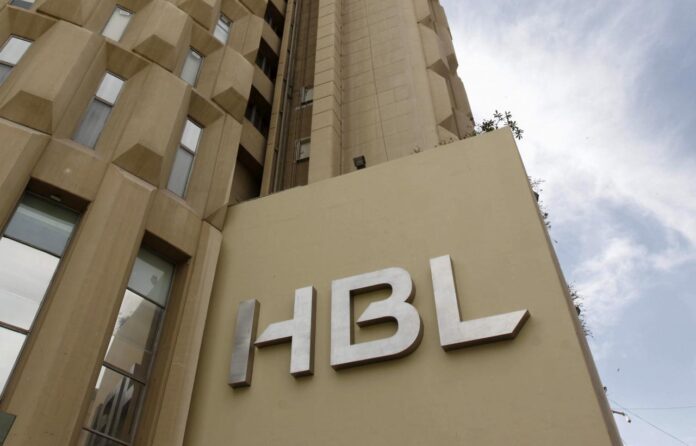KARACHI: Habib Bank Limited (PSX: HBL) has posted a consolidated profit after tax of Rs16.63 billion for the quarter ended March 31, 2025, marking a 10.52% increase compared to Rs15.04bn in the same period last year.
Since the announcement, the company’s stock price has gone up by almost 7%, seeing a significant increase in its trading volume.
The bank’s board has also approved an interim cash dividend of Rs4.50 per share (45%) for the quarter. Earnings per share (EPS) stood at Rs11.32 versus Rs10.37 in the prior year.
HBL’s total income rose by 11.05% year-on-year to Rs90.36bn, supported by a notable 36.17% reduction in interest expense, even as mark-up income declined by 21.25%. This resulted in a 12.33% increase in net mark-up income to Rs68.75bn.
Non-markup income also registered growth, increasing by 7.18% to Rs21.61bn. This was primarily driven by a turnaround in securities gains (Rs4.17bn vs. a loss in SPLY), and higher dividend and associate income. However, there was a significant decline in foreign exchange income (down 46.79%) and income from derivatives (down 67.71%).
Operating expenses rose by 7.28% to Rs50.27bn, in line with inflationary pressures and expansion-related costs. Total non-markup expenses, including Workers’ Welfare Fund and other charges, increased 7.09% to Rs50.98bn.
The bank also benefitted from a sharp drop in credit loss allowances and write-offs, which fell by 24.83% to Rs2.74bn. Consequently, HBL’s profit before tax rose by 21.67% to Rs36.64bn. However, taxation surged by 32.80% to Rs20.01bn, limiting the net profit growth to 10.52%.
Context & Impact:
HBL’s first quarter results reflect effective cost management and resilience in core banking income despite pressure on interest revenues. The steep fall in interest expense—amid stabilising interest rates—and improved gains on securities provided key support. However, reduced forex and derivative income point to ongoing volatility in non-core segments. The interim dividend signals confidence in earnings strength, even as banks brace for upcoming regulatory and macroeconomic shifts. Analysts are likely to view the results as broadly positive, with earnings quality remaining stable amid sector-wide margin compression.























